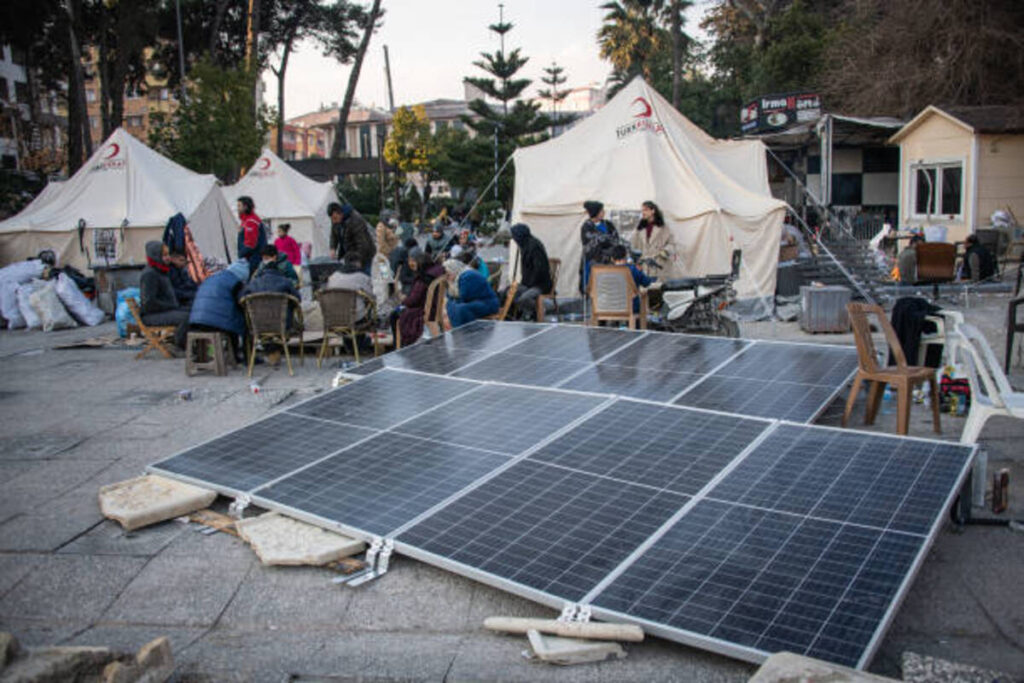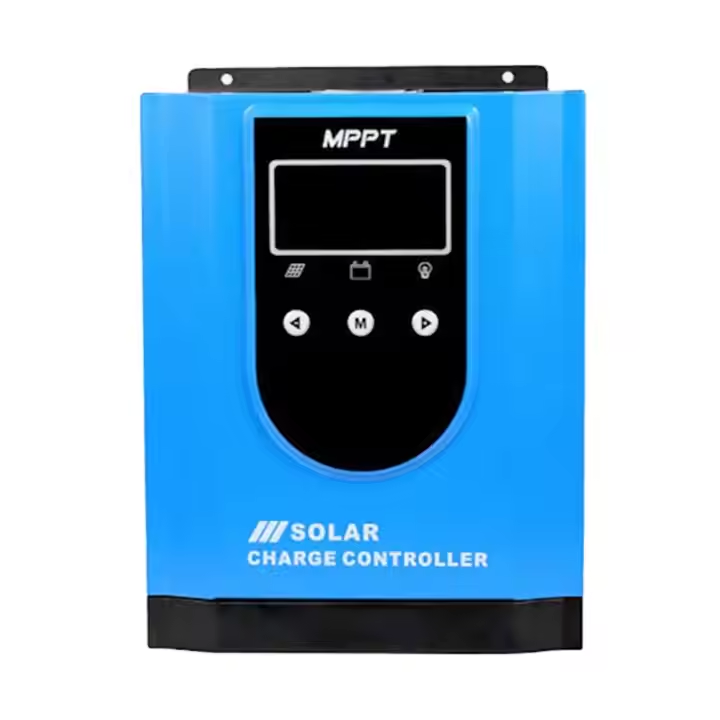Solar systems paired with lithium batteries can deliver exceptional performance and longevity—if you avoid these five common mistakes. By choosing the right Solar Charge Controller, configuring it properly, and integrating it seamlessly with your lithium battery bank and Hybrid Solar Inverter, you’ll unlock maximum energy harvest, protect your storage assets, and ensure a safe, reliable home power setup. Below, we walk through each pitfall and show you how to leverage our full suite of products—Solar Panel, Solar Lighting Outdoor, Energy Storage Batteries, Solar GEL Battery, and more—to create a truly resilient, eco-friendly home energy system.
1. Skipping MPPT Controllers in Favor of PWM Models
Many installers opt for basic PWM controllers to save upfront costs. But PWM’s simple on/off regulation can waste 20–30% of your solar array’s potential, especially in low-light or cold conditions. Instead, invest in a high-performance MPPT Solar Charge Controller that continuously tracks the panels’ maximum power point—boosting energy capture and feeding more usable watts into your Energy Storage Batteries.
Why it matters:
MPPT adapts panel voltage to battery voltage, harvesting every available watt
Improved yields mean smaller arrays of Solar Panel modules can meet your needs
2. Misconfiguring Lithium Charging Voltages
Lithium chemistries demand precise voltage setpoints—typically higher than lead-acid profiles. If your controller remains on a generic “12 V” setting, you’ll cap at roughly 85% state-of-charge, wasting capacity. Conversely, an overly aggressive voltage raises safety risks and accelerates cell degradation.
Best practice:
Program your MPPT Solar Charge Controller for the exact absorption and float voltages specified by your battery manufacturer
Use our Solar GEL Battery or lithium product datasheets to confirm the right setpoints
3. Ignoring Temperature Compensation
Lithium batteries exhibit different optimal voltages at extreme temperatures. Charging cold batteries at room-temperature voltages can lead to plating and capacity loss; charging hot batteries without lowering voltage invites thermal runaway.
Solution:
Mount the included temperature sensor near your battery bank and enable auto-compensation in your controller’s menu
This feature, standard on our MPPT Solar Charge Controllers, adjusts charging voltages in real time—protecting your Energy Storage Batteries year-round
4. Undersizing Controller Ratings
A common oversight is selecting a controller rated just at the array’s average current. Under peak sun, currents spike—overheating or tripping undersized controllers leads to unexpected shutdowns.
How to avoid it:
Choose a controller with at least 20% headroom above your maximum panel array current
Pair with a Hybrid Solar Inverter that matches your system’s DC bus voltage for seamless integration
5. Omitting a Dedicated BMS Interface
Lithium batteries require cell-level oversight: over-discharge, over-charge, and cell imbalance are life-threatening without a proper Battery Management System (BMS). A controller that can’t communicate with your BMS will shut down hard or ignore critical cell faults.
Integration tip:
Ensure your Solar Charge Controller supports external BMS signals for charge inhibition and load disconnect
Our controllers feature dedicated BMS ports that wire directly into most lithium battery packs—keeping your system safe and balanced
Putting It All Together
By avoiding PWM shortcuts, programming precise lithium voltages, enabling temperature compensation, sizing your controller correctly, and integrating a robust BMS, you’ll maximize the performance of every component—from your Solar Panels to your Solar Lighting Outdoor fixtures, right through to your Hybrid Solar Inverter. These best practices ensure long battery life, higher solar yield, and a safer, more reliable home energy solution.
Ready to upgrade? Explore our full lineup of Solar Charge Controllers, Hybrid Solar Inverters, and energy storage options to build a system that truly works for you—today and tomorrow.



